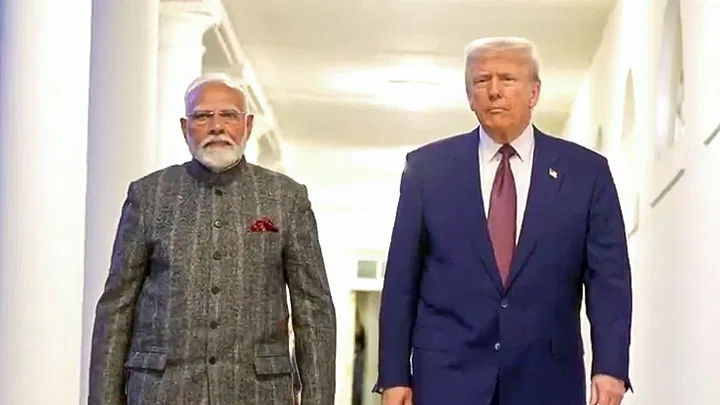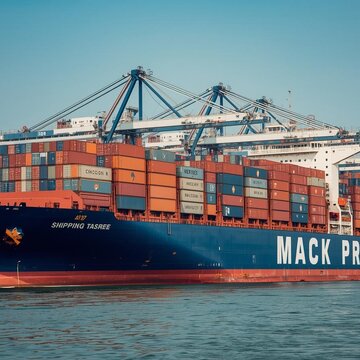India-US, both democracies are stepping up efforts in order to finalise a trade agreement by the month of November, and are also looking forward to doubling the existing trade to $500 billion by the year 2030. Indian Commerce Minister Piyush Goyal visited Washington on 25 September, where both sides talked about key issues such as those of H-1B visas for Indian tech workers and even about Russian oil imports. This is cropping up post US President Donald Trump imposed 50 percent tariffs on Indian goods in August, affecting textiles, gems, and medicines. Social media exchanges between Modi and Trump suggested tensions may be easing.
Tariffs, visas, and energy: tricky points
In 2024-25, bilateral trade reached $131.84 billion, with the US buying 18 percent of Indian exports. Washington wants more access to India’s dairy and farm products, which New Delhi protects to support small farmers. Other sticking points include Russian oil imports, which make up 40 percent of India’s energy needs, and visa fees affecting Indian tech workers. India suggested reducing Russian oil imports in exchange for sanctioned purchases from Iran and Venezuela. The US welcomed talks on tariff fairness and visa easing, hoping to reach an agreement by autumn.
Why this matters
If successful, this deal is forecasted to play a significant role in boosting jobs in manufacturing and renewable energy in India, while giving the US more leverage against China. But domestic issues, like farmer concerns and unpredictable politics, remain a challenge. Officials are balancing protection for farmers with export growth, knowing the deal affects livelihoods from Bengaluru tech workers to Kanpur weavers.
Optimism is cautious, but Modi and Trump’s rapport from the White House meeting in February is seen as a positive sign. If completed by November, the agreement could turn past trade tensions into a strong economic partnership.



